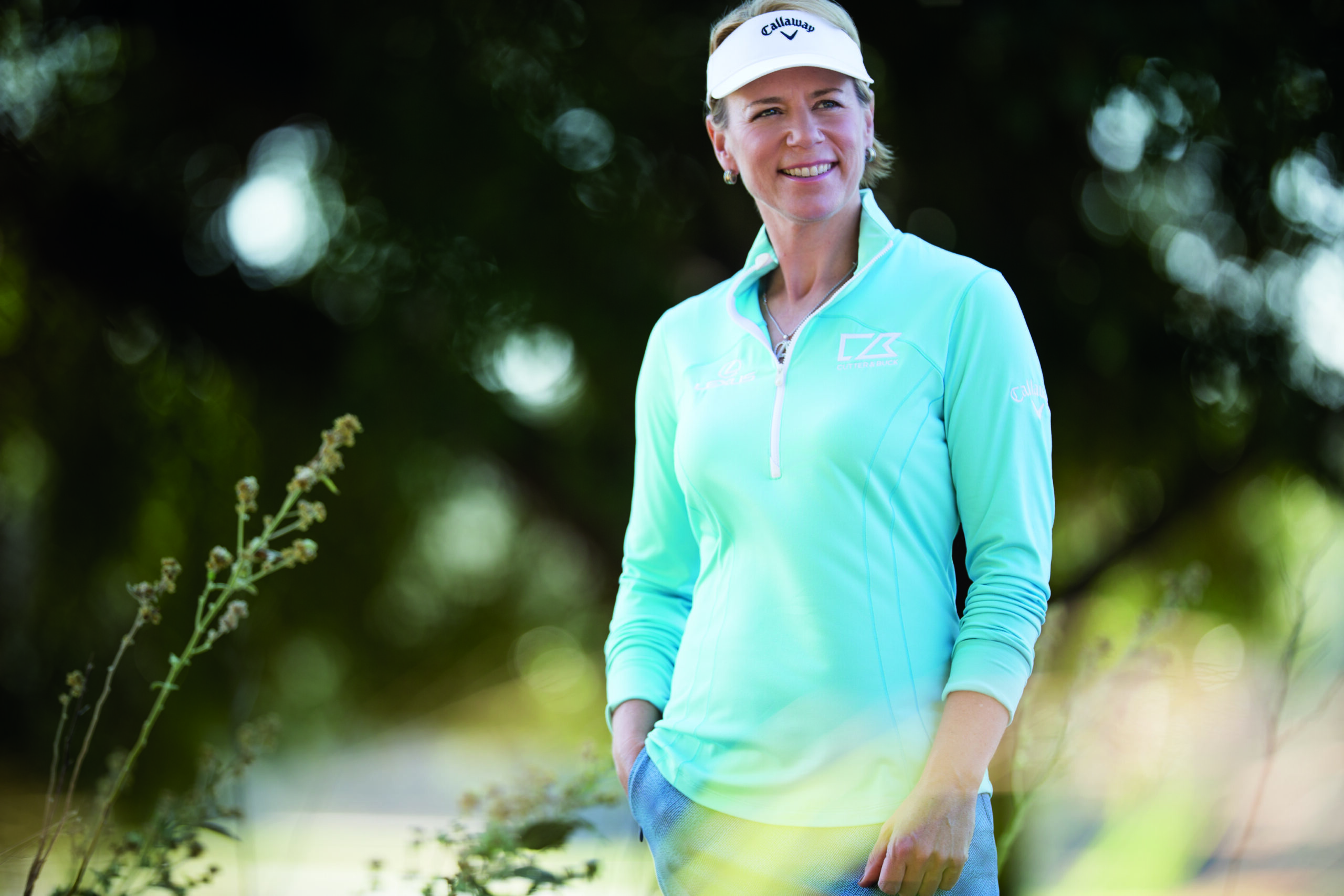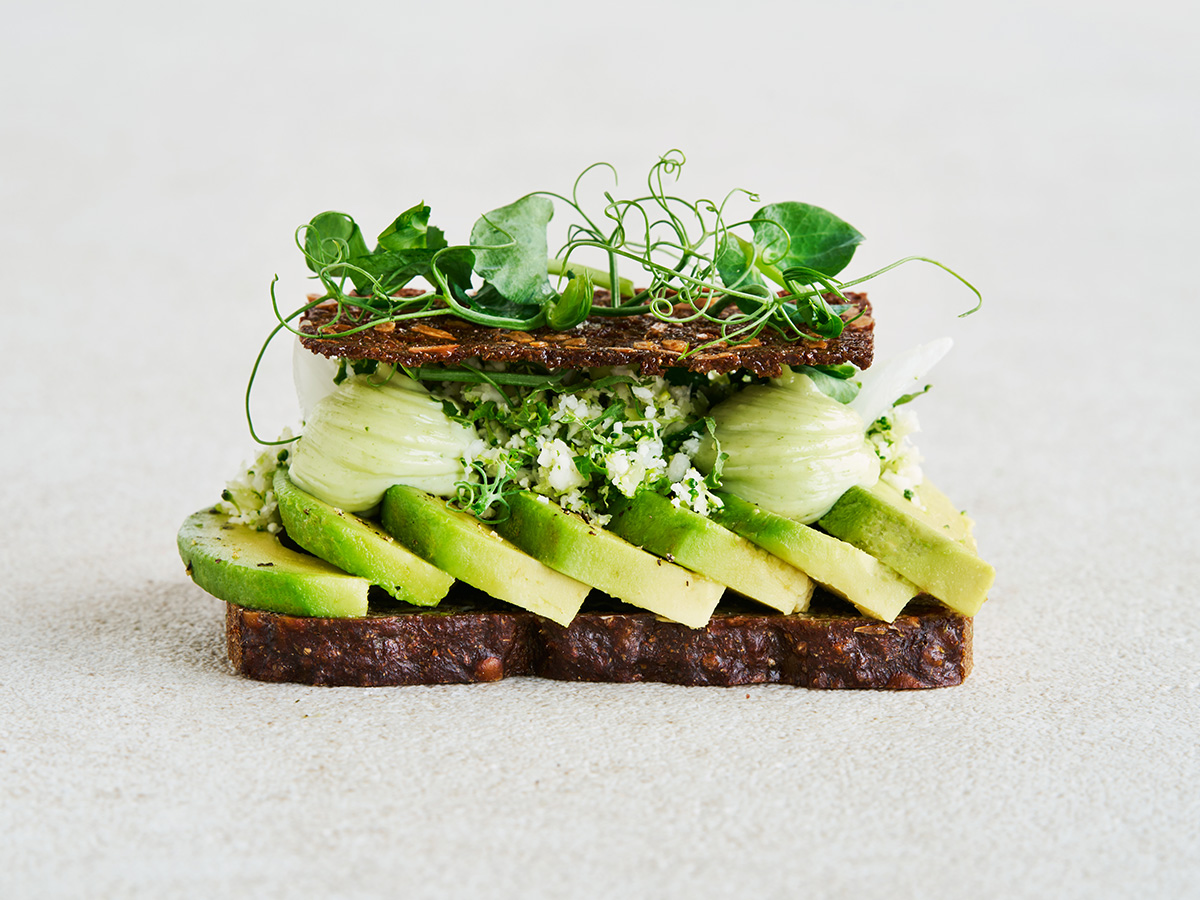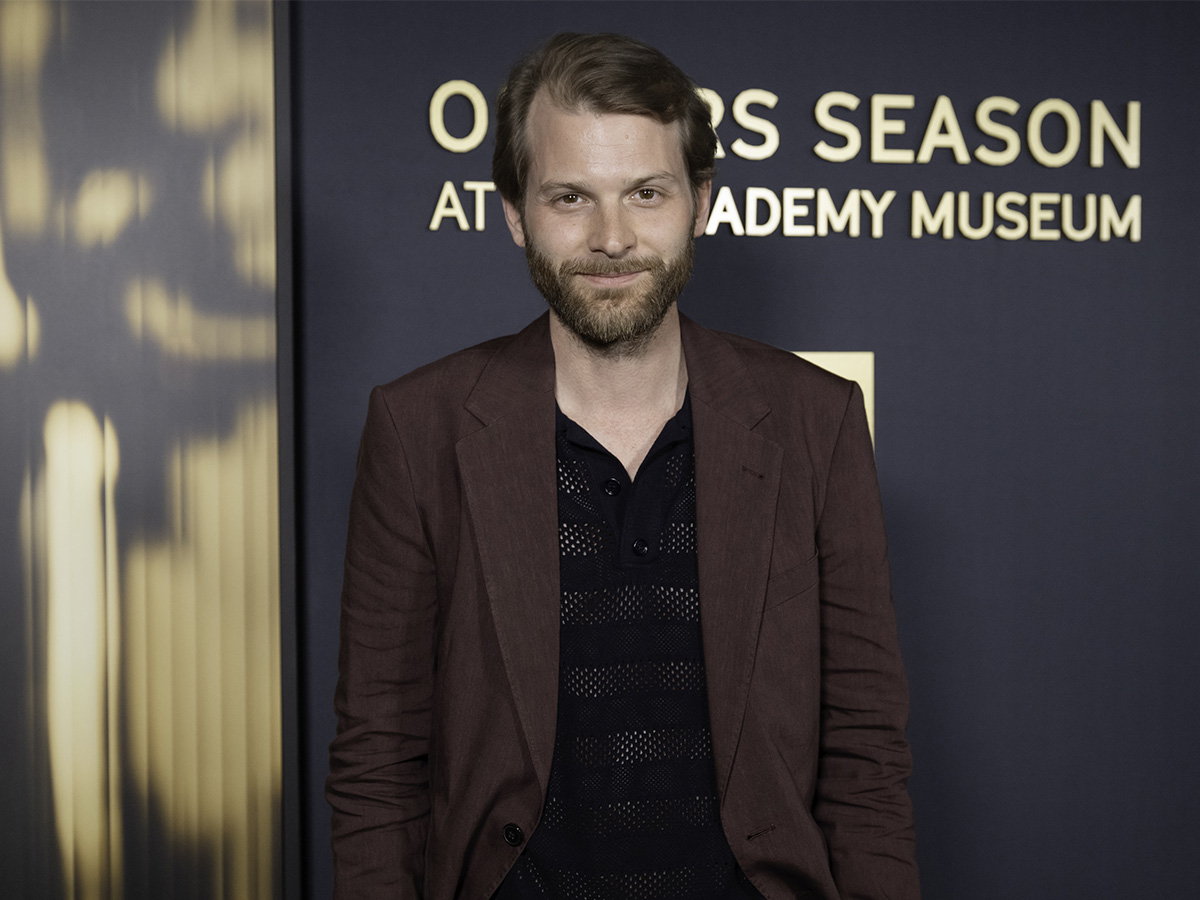She has won 72 official LPGA tournaments, ten majors and 17 EuropeanTour titles, and she tops the LPGA career money list with earnings of over$22 million (roughly £15 million). Scan Magazine spoke to Annika Sörenstam, Sweden’s greatest and most-loved golfer of all time, about wanting to be the best, helping young girls on their way to professional golfing, and writing history in 2003 as a woman in a man’s world.
No woman had played in the Men’s PGA Tour in 58 years when the then 32-year-old Swede Annika Sörenstam took to the tee at the Colonial Country Club in Fort Worth, Texas on 22 May 2003. An estimated 80 per cent of the entire tour audience had gathered at the tenth tee, along with a hoard of journalists and camera crews, as she hit her first drive at 8.59am.
She had been unmatched in the LPGA forsome time, hitting longer than any other player and becoming the first ever woman to break the 60 barrier at the Moon Valley Country Club in Phoenix two years previously. As speculations began of an invitation to the Men’s PGA Tour, the Swede was unequivocally positive. “It was the challenge I’d been waiting for,”she says. “I was ranked number one in the world at the time and was constantly trying to find new ways to motivate myself and improve, so it was perfect – it was exactly what I needed.”
Unsurprisingly, not everyone thought it was perfect. A number of other PGA players found the invitation inappropriate, and a few were keen to make their opinions heard. Most notably Vijay Singh, then ranked the world’s seventh best player, who insisted it was not right and vowed to withdraw should he be drawn to play with her. “I wasn’t there to show that women can beat men; I was there to improve and show that I had the capacity to rise to the occasion,” Sörenstam responds to the criticism. “We’ve got women’s and men’s tournaments and there’s a difference between the sexes, but I think it’s great to try to find different ways to learn from each other. I didn’t feel like an intruder. I was just a golfer, and indeed a lot of people ended up respecting me more as a golfer afterwards.”
‘If it’s important, you give everything’
Sörenstam’s experience as a young, ambitious golfer in Sweden has undoubtedly had a great impact on her views on the sport, and she often talks about her fond memories of playing in a club amongst other girls and boys, using handicap as a way to enable players to learn from each other regardless of experience. She also recalls how important it was for her to have a role model to look up to, and today she runs the ANNIKA Foundation, among other things teaching children the importance of a healthy, active lifestyle, offering aspiring junior golfers opportunities to pursue their dreams.
“I remember seeing Lotta Neumann when I was young. When you see other people make it, you start to dream,” she says. Through ANNIKA Invitational, an elite junior golf championship, she gets to give that inspiration back to young female golfers. “I want to inspire these girls, teach them about diet and mental exercise, how to work with a caddy, talk about media training – and then have lots of fun. Our tagline is ‘more than golf’, and it really is like that; I hold clinics where I share my experience and they get to ask questions.”
Perhaps the kind of support offered by the ANNIKA Invitational would have been beneficial to the young Sörenstam, who used to miss a putt or two on purpose to finish second in order not to have to give a victory speech. Luckily, her parents eventually figured out what she was up to and convinced the tournament directors to ask runners-up to address the crowd too. Sörenstam eventually learnt to deal with the nerves involved with giving a 30-second speech instead of feeling guilty for messing up.
“I’m a bit of a perfectionist,” the star admits. “I’m a competitive type and I always will be, but the thing for me is that if I put time and effort into something I want to keep making it better. When I design clothes, I want people to buy them and love them, and they have to represent who I am and what I stand for – that goes for everything I do.” So once she overcame her fear of public speaking, there was nothing stopping her. She decided that golf would be her thing, and she worked hard, trained and concentrated.
“I dedicated my life to golf,” she says. “I’ve sacrificed a lot. It was important for me to be the best and I knew that I could be the best, so naturally I ended up letting go of other things,” she reflects. “I talk to the girls at the Invitational about this: how much do they really want this and how much are they willing to give? If it’s important, you give everything.”
Hall of Fame and Jerringpriset
Sörenstam played well on the first day of that PGA Tour near Dallas in 2003, ending up in shared 73rd place of 113 players with 71 on the par-70 course. In the end, after a slightly tougher second day, she failed to make the cut. “I was exhausted afterwards, not physically but mentally. When I was finally there on that first tee after four months of preparation and constant media attention, it was almost like a release – like, this is it,” she says. “I was used to cameras and all that, but of course it was a lot more than I was used to. People were betting on me in Las Vegas.
”But despite being disappointed not to qualify, Sörenstam walked away from the historic experience with her head held high. Commentators added that she had proved more than she set out to: it was the putting that let her down, not failing to hit long enough; and in regards to putting, there is very little separating men and women, so she was truly in with a chance. Two weeks later, she won her fifth major championship, and in July the same year she brought home the British Open, completing her grand slam.
When she was selected to be included in the World Golf Hall of Fame on 20 October 2003, she cited journalist Ron Sirak during her acceptance speech: “‘Annika is no longer a female golfer. She’s a golfer’. That’s truly all I ever aspired to be.” As she ended her professional golfing career in 2008 she had not only won ten majors, 72 LPGA competitions and 17 European Tour titles – she had also been awarded the Swedish Jerringpriset for the best Swedish sports performance in 2003.
“A lot has happened, but I knew I wanted to continue working with golf. We now have six competitions and are warming up for our first Invitational Latin America in Argentina in October, and it’s lovely to be able to give something back this way,” says Sörenstam. “Other than that, it’s non-stop with the kids who are now six and four. I try to find that balance, to have as much time with them as I can.”
As the Swedish golfing legend wrote an open letter to her daughter Ava recently, she gave her the advice of learning to say yes – and then learning to say no. ‘Remember this: I can do anything, but I can’t do everything. And you can do anything, Ava. Even play with the boys. […] A lot of people aren’t going to want you there. But don’t listen to them. I didn’t. And it led to the moment that would define my career.’
Text by Linnea Dunne
Subscribe to Our Newsletter
Receive our monthly newsletter by email






